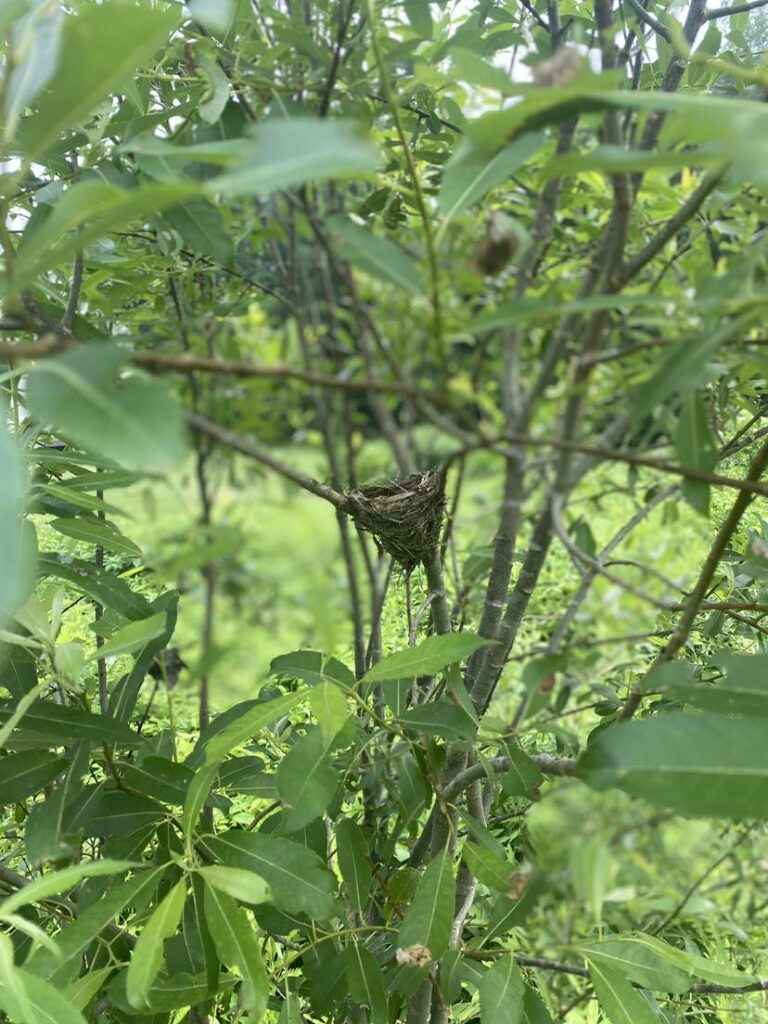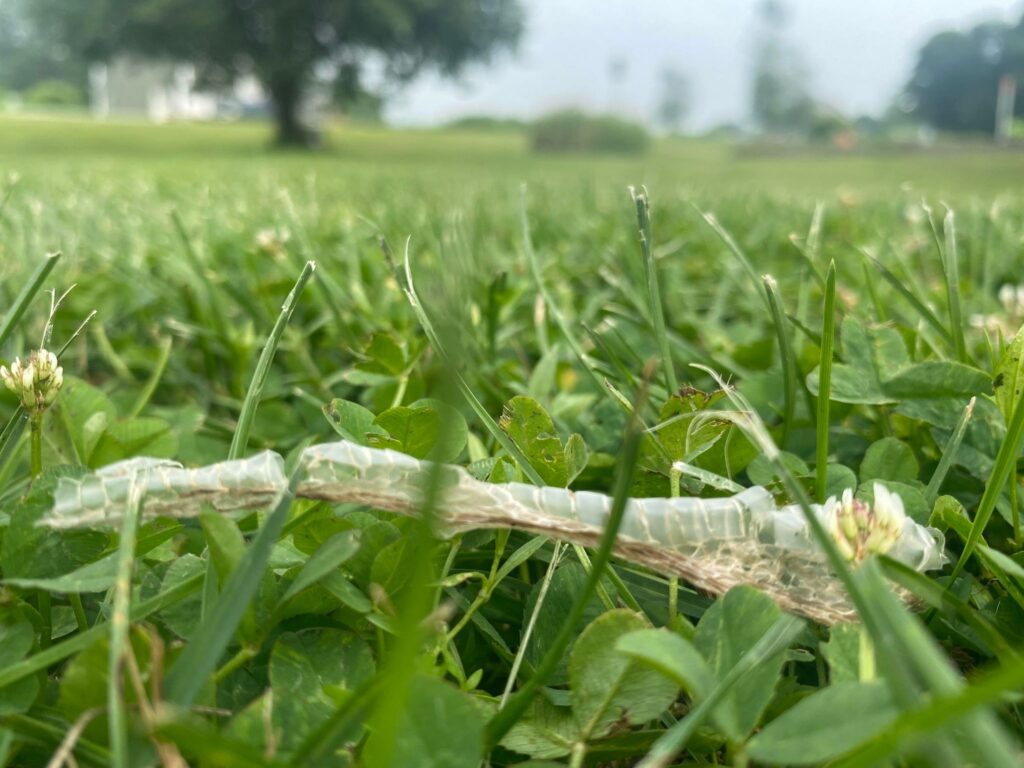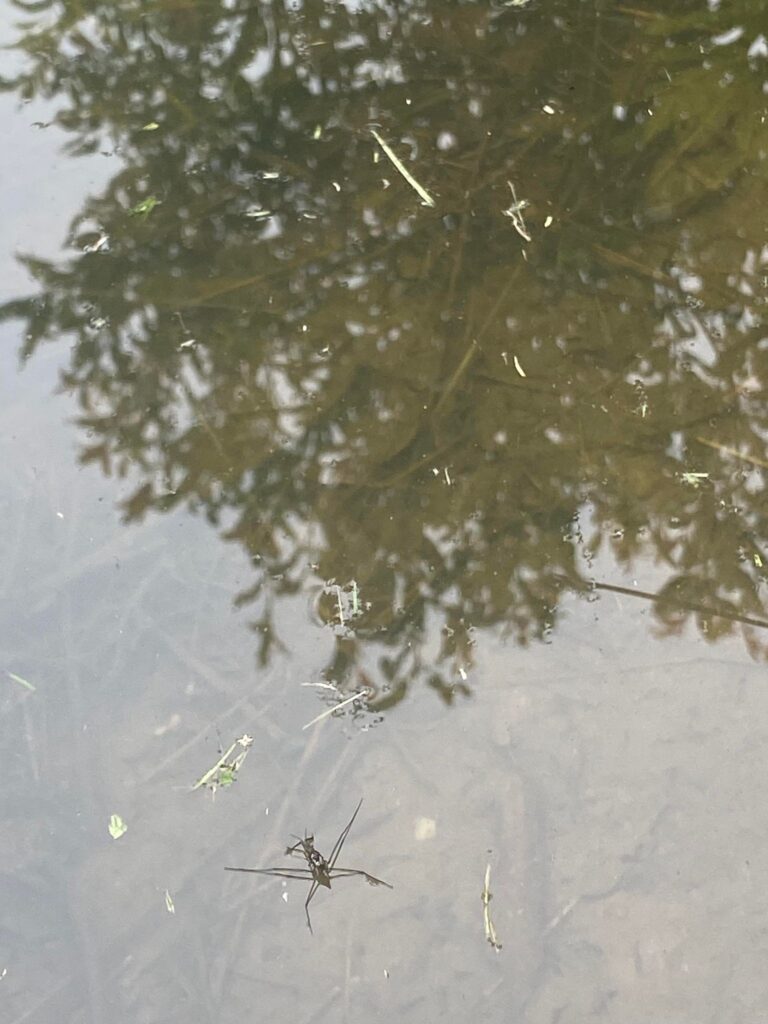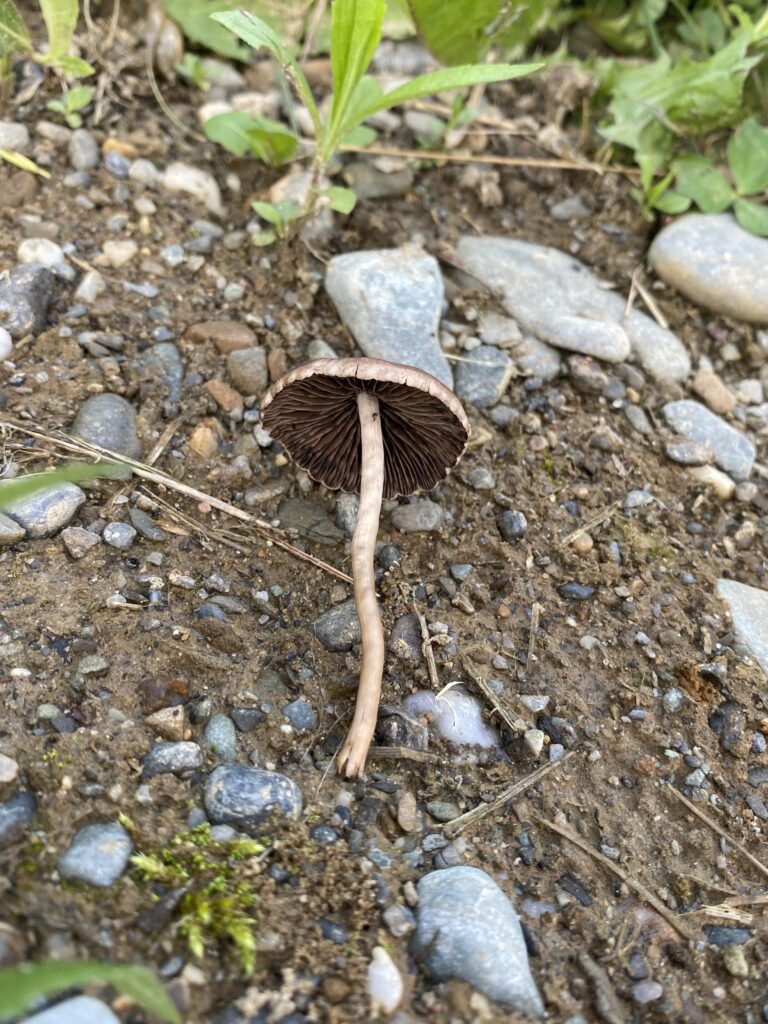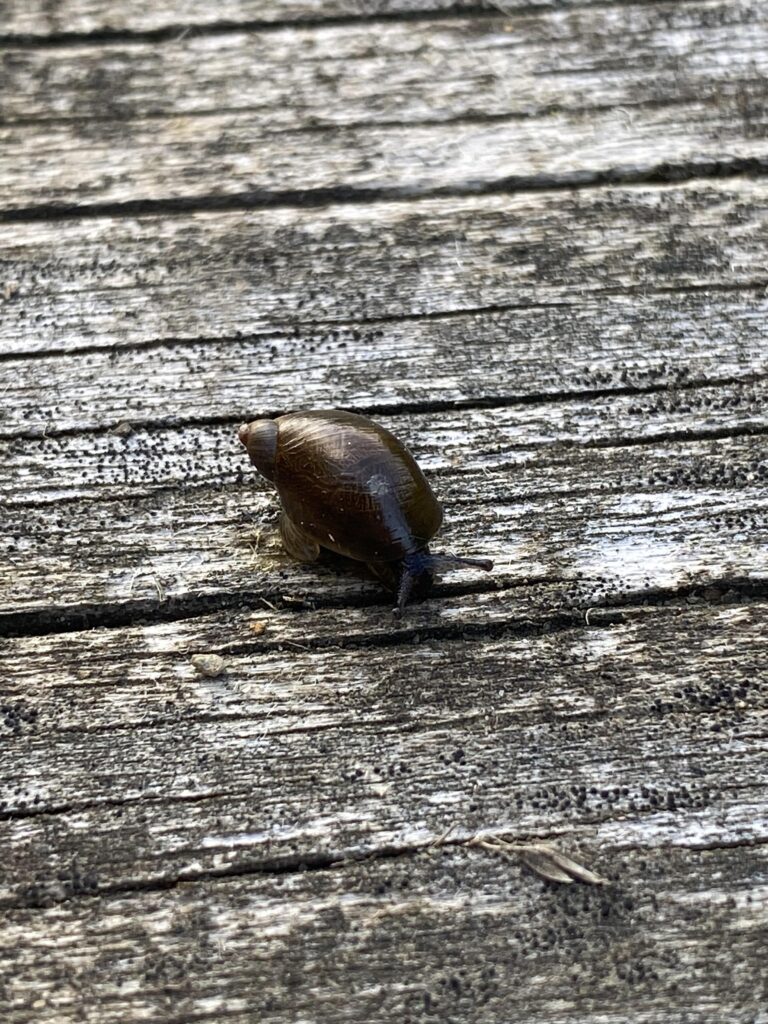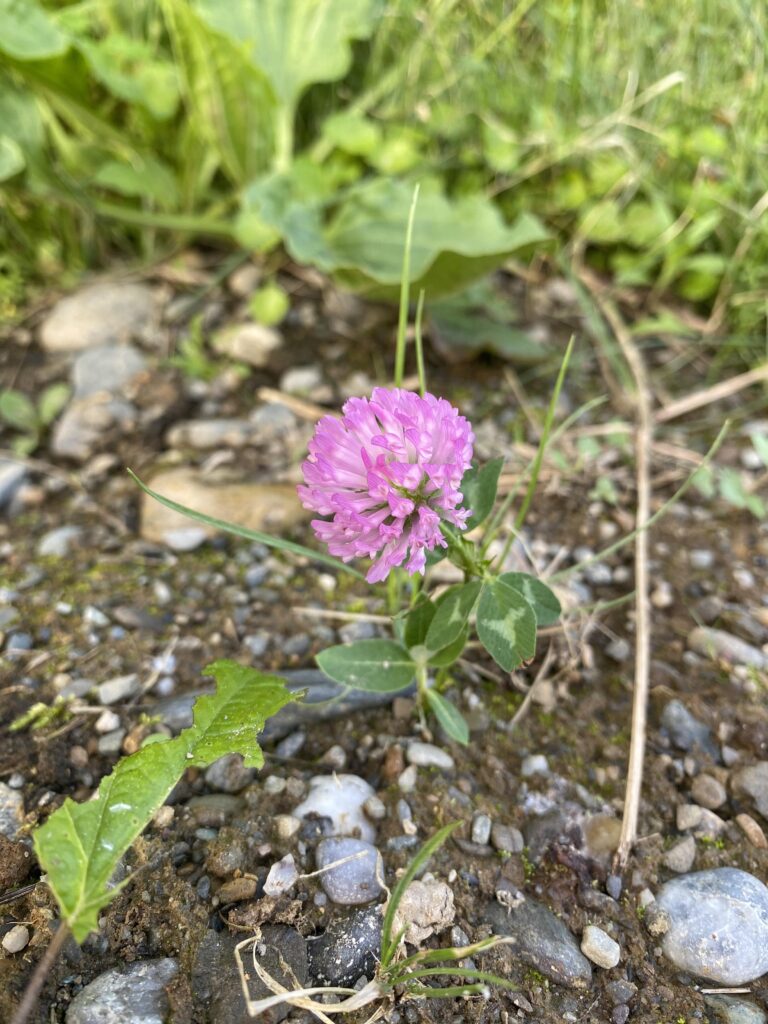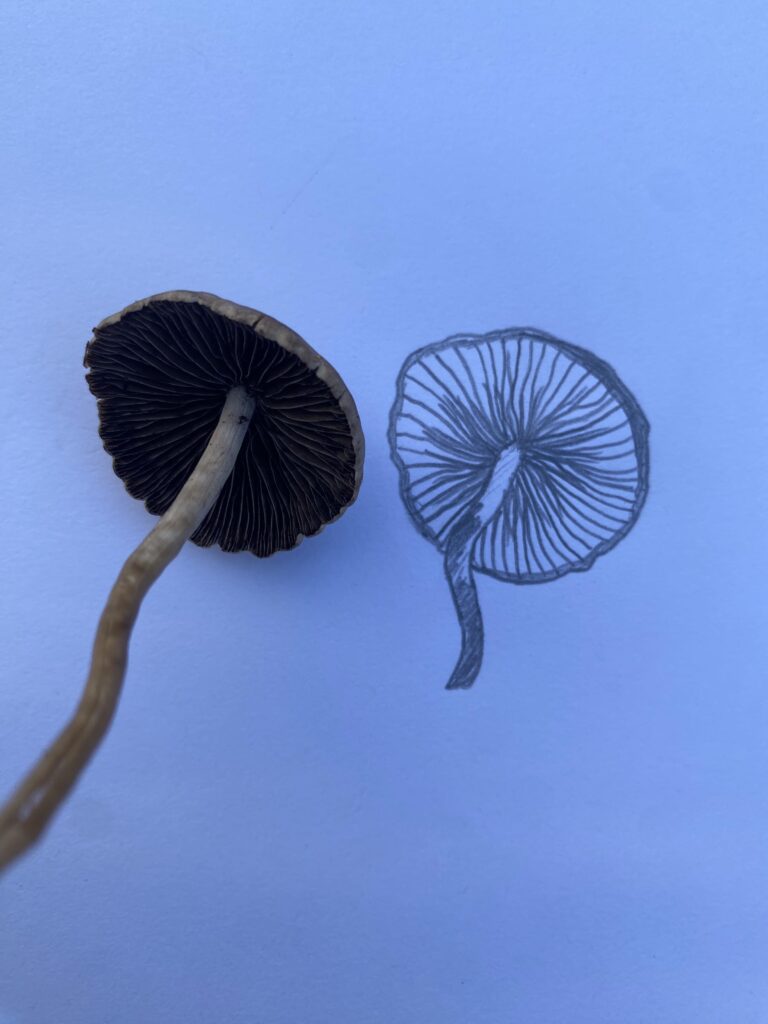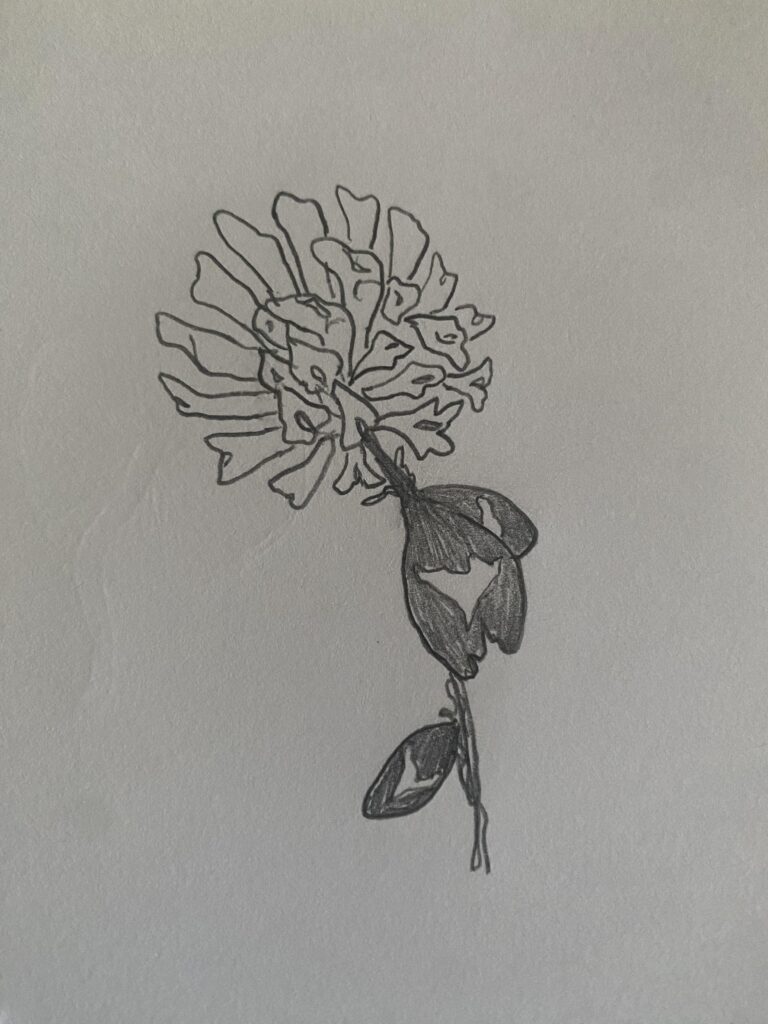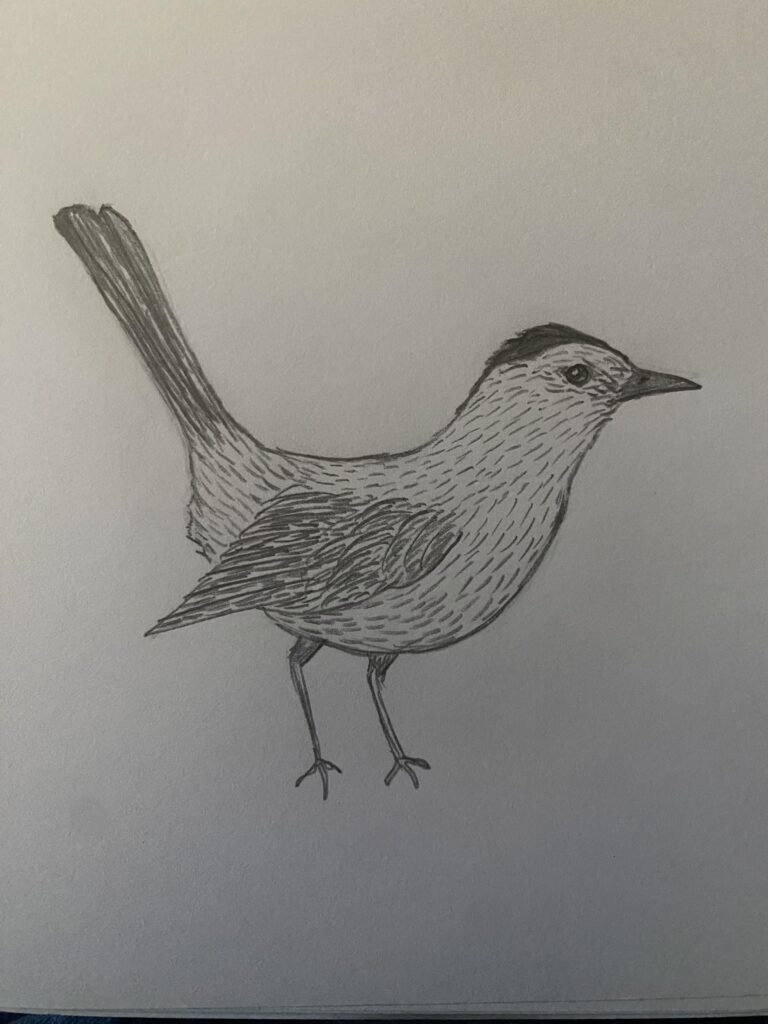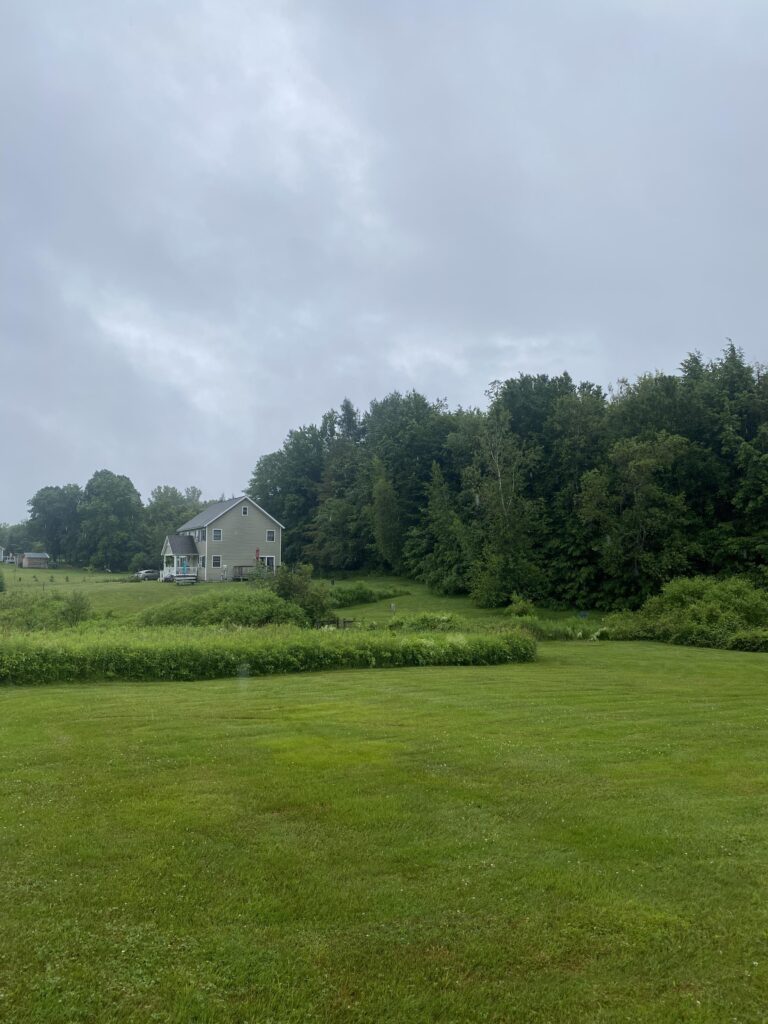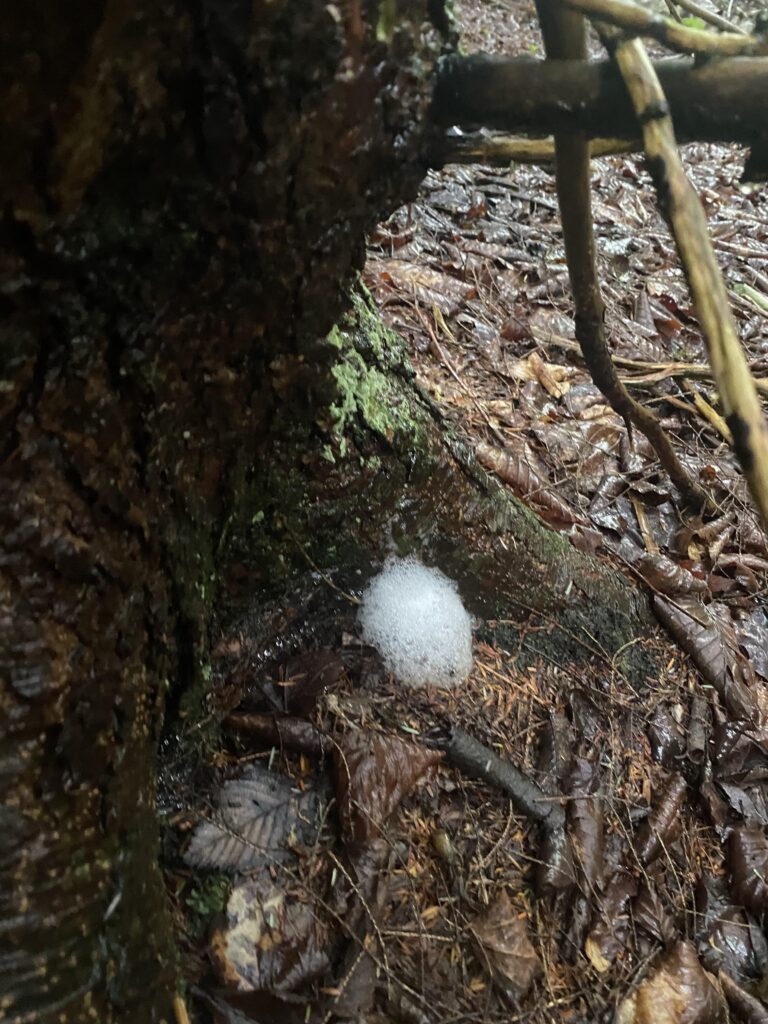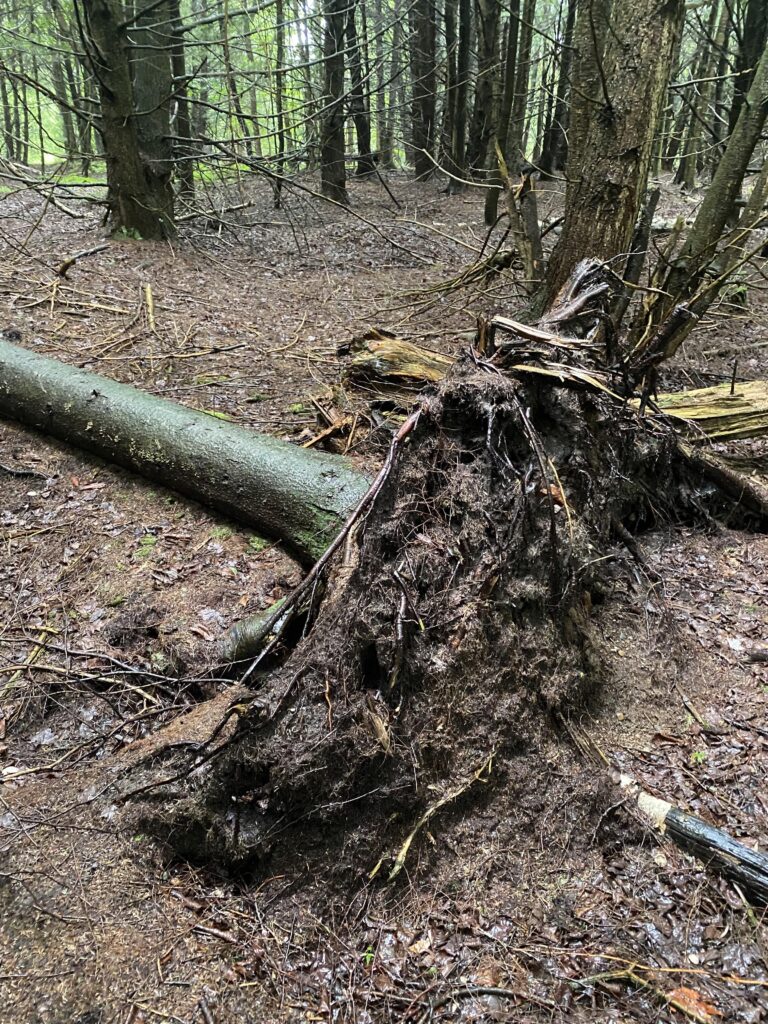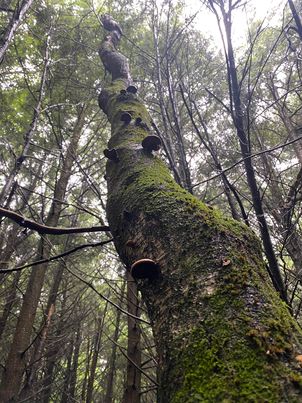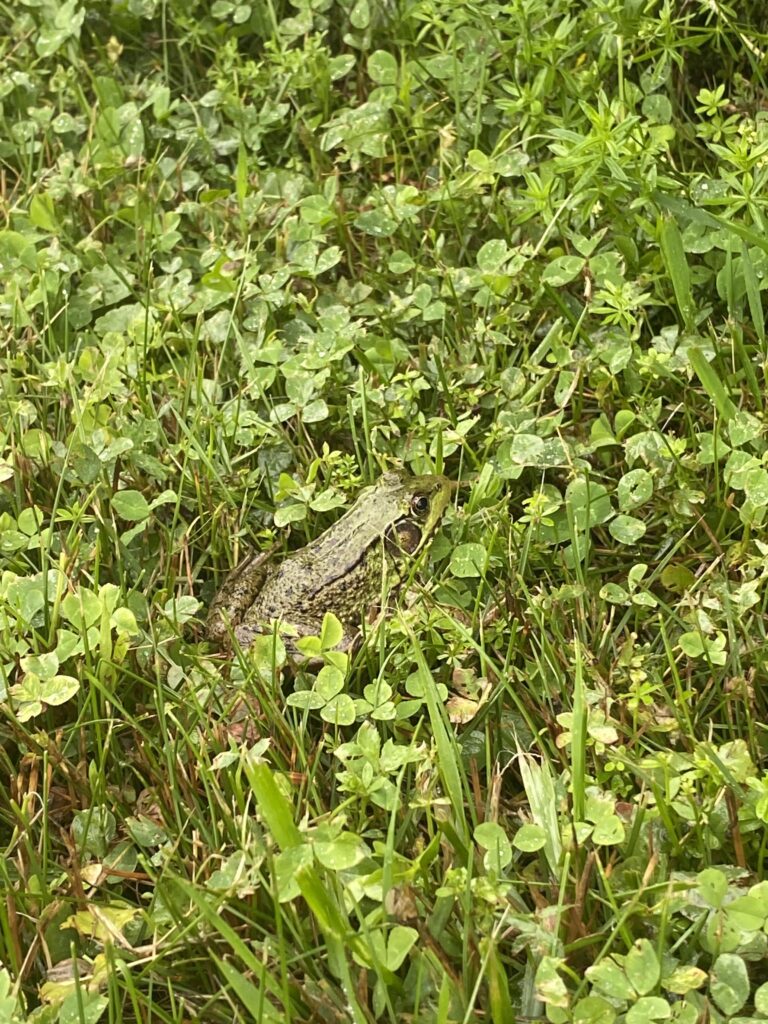Outback Road Field Guide Poster

A. Black-capped chickadee, Poecile atricapillus
B. Eastern gray squirrel, Sciurus carolinensis
C. House wren, Troglodytes aedon
D. American robin, Turdus migratorius
E. White-breasted nuthatch, Sitta carolinensis
F. Eastern cottontail, Sylvilagus floridanus
G. Northern green frog, Rana clamitans
My wonder blog mini-project is a small poster showcasing the common critters of Outback Road in Fairfax, VT done in colored pencil on sketchbook paper. I debated doing trees, fungi, and insects but decided to stick to the more charismatic species that live here. These species are the ones I’ve seen every single time I’ve stepped outside to do my wonder blogs and wanted to really showcase them. I’d done some drawings before for this class but none in color so I pushed myself to add that. I am so, so proud of this. I love how it turned out. It made me really look at each small detail of the animal; including anatomy, color, and texture.
I did these drawings completely on site, it took me about five total hours. Some are based on photos I took and the birds are based on the info from Guide to Birds of North America (1966) by Chandler S. Robbins, Bertel Bruun, and Herbert S. Zim that I used to make sure I got the identification right. The PDF scanner I used made the background look really clean and white.
I would love to do more of these, with larger fauna (black bear, white-tailed deer, North American river otter, red fox, etc.), insects, and flora (trees, fungi, etc.). The more art I create, the more I realize that I would love to do stuff like this all the time, although I’m sure the market is pretty saturated. Scientific illustrations are very interesting to me (and fun to make!).
